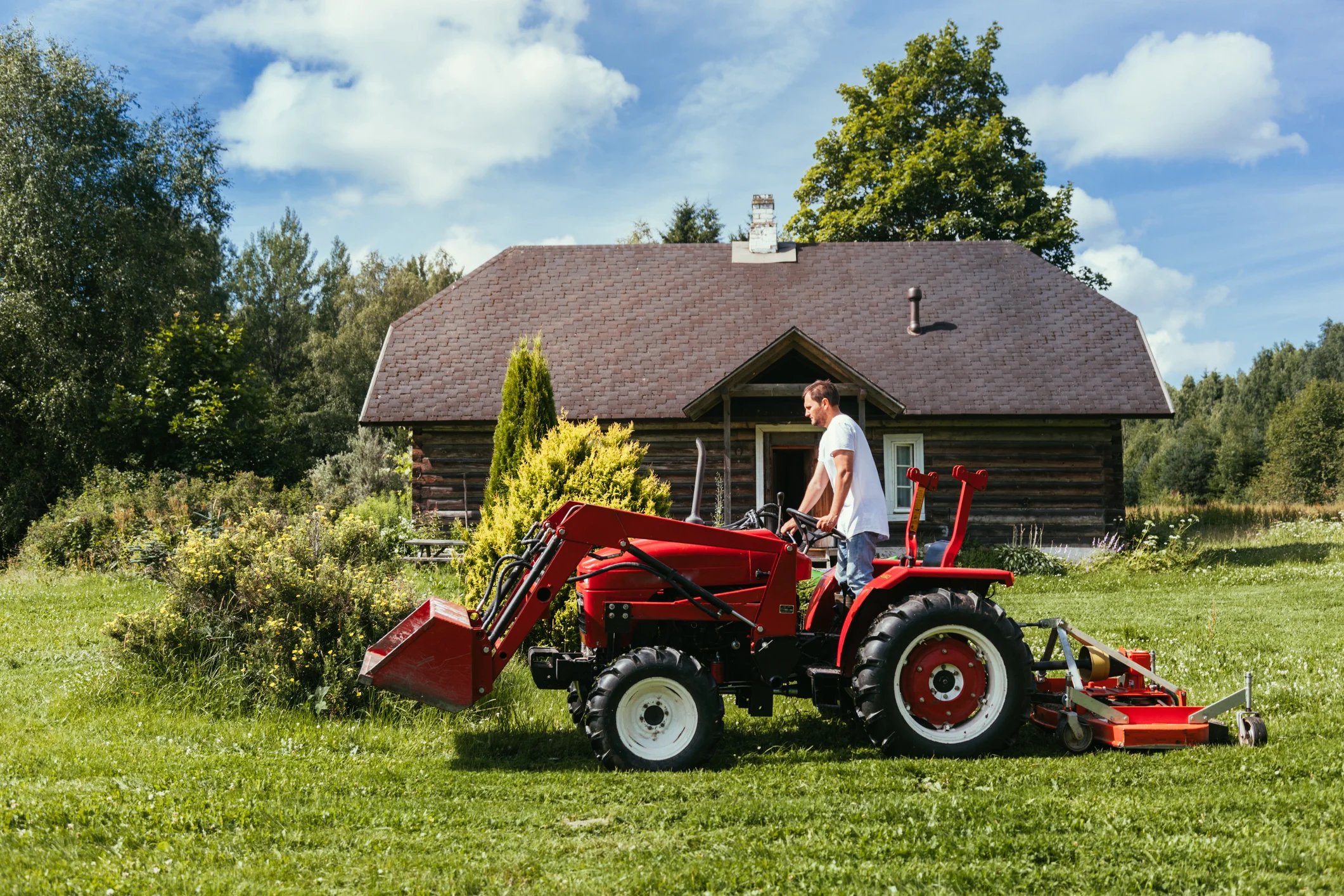Çeviit: Exploring the Impact of a Rural Game-Changer
Getting to Know Çeviit
Çeviit may sound unfamiliar to many, but its importance and meaning will not go unnoticed by those who understand what it portrays.
It is undoubtedly a tool that carries great cultural significance even today, while it has been a part of daily life for many people living in rural areas for hundreds of years.
As much as it is a tool, Çeviit is also a word and one that can easily be positively identified with.
Çeviit means much more than just the items it represents. One can assume that a person speaking Turkish will not find it worth losing out on by exchanging the identity it carries.
This word should be known especially because even in its most superficial sense, it represents a piece of history.
Within densely populated areas of farming cultures around the world, the tool is not as prevalent, but it is definitely deeply rooted in the memories and practices of many families.
It is certainly a great way for both fathers and mothers to pass on the traditions for generations to come.
The tool tells a captivating tale of the traditional working and living of closely bonded people, making it such that it is bound to live on in the memories of all who encounter it.
What is the use of Çeviit?
Çeviit refers to a device that has been used mainly for agricultural and other daily chores and activities within a rural setting.
In view of its intended use, it was a very handy device, simple in design but highly functional, and was made with great attention to detail and craftsmanship.
Its design has undergone little change over the years because it served its purpose adequately.
It is one of the tools that may be dismissed as irrelevant, but in reality, it is a product of many generations of artistry and culture.
The way it is made speaks volumes about the importance of quality and durability.
People who made çeviit knew exactly how to create something that would last and continue to serve the community for many years.
This device’s primary purpose was gathering crops, as well as performing other chores, so it was an important tool for everyone who depended on the land.
Historical Development and Evolution Of Çeviit
The history of çeviit stretches back many generations.
It is more than just a tool that developed in one night; this is a product of innovation and attempts to satisfy the ever-increasing agricultural and other functions.
This has always been part of most rural practice especially among farm households where people depend on land for a living.
Understanding the origins of çeviit gives us a glimpse into how people lived in the past.
It goes deeper than just looking at farming. It is also worth looking at the creativity and innovation that went into crafting useful tools from readily available materials.
People in the past used such simple designs in tools since the early stages of civilization; these designs were not only simple but allowed effective and efficient work to be completed. Such designs made these tools a preferred choice.
How Çeviit Was Used in Daily Life
Indeed, for the rural population, the çeviit was a common thing that they relied on for their rudimentary work.
Most importantly, çeviit was not just limited to a single function.
It served multiple chores, especially those that were based on farming activities.
From harvesting crops to assisting other farming activities, çeviit served as a dependable tool that made life easier.
Even in my childhood, I can recollect observing this tool being put to use in my own family.
The use of this tool was not merely for work. It was a daily undertaking that was intended to improve family bonds. Before every farming season, all the neighbours helped each other, and this tool was passed around.
It showed community involvement in rural areas where everybody was ready to offer a helping hand.
Cultural Significance of Çeviit
In as much as it is a tool, the çeviit is culturally significant. It is not just an artefact; it is a cultural item that has been preserved for centuries.
For many, this is connected to their identity and history.
It is a connection to an era in which people were more reliant on nature and each other.
The cultural value of the Çeviit organ can also be noted in the manner in which it was transmitted.
In many households, this was not just a tool that was kept to be used or traded.
This is a legacy that was passed on from parents to children accompanied by the knowledge of how to use the tool.
The passing of heritage tools is an important way of transmission of cultural heritage.
Çeviit in Modern Times
With machines becoming commonplace, the use of çeviit ceased. With machines performing the tasks faster and more efficiently, the tools became less frequent.
Nonetheless, there still exist some regions of the world where the tools are manufactured and utilized.
Some people still value traditional tools for their function and the simplicity that comes with using them.
While technology has transformed how many people carry out their work tasks, this is not something that has been neglected. Indeed, this is a remnant of an era devoid of hands and eyes affixed to a screen and more in tune with the environment.
This is an artefact that still evokes a sense of admiration and nostalgia when it is recalled.
Some deep-rooted cultures even make efforts to keep the practice of making and using çeviit alive so that it does not fade away from their traditions.
The Making of Çeviit: A Craft Passed Through Generation
Crafting a çeviit nowadays is a very delicate art that is challenging and time-consuming in equal measure.
Unlike the merchandise of the present, which is produced in bulk, these objects were crafted individually many years ago, usually by highly skilled professionals who could expertly manipulate the materials into a shape that was both useful and long-lasting.
Constructing a functional device went beyond the sheer knowledge and skill of the craftsmen – it was essential to appreciate the market and demands of the local populace.
While the production cycle of the çeviit may appear long and tiresome, it was carried out with a great deal of diligence.
Each chosen material – wood, metal, or any other organic material – had to be picked with great care as the tools were expected to endure the wear and tear of the season.
Such knowledge and skills were traditionally inherited, and it was exceptionally rare to find duplicates without significant alterations.
The Decline of Traditional Tools like Çeviit
With the advent of new technologies, reliance on traditional tools such as çeviit started declining.
Machines were developed to perform tasks efficiently. While this made life easier, it rendered every traditional tool obsolete, including this one. Subsequently, modern farming techniques were developed, which made the tool useless.
As inefficient as contrived farming techniques proved to be, some people still prefer traditional methods.
This cultural attitude demonstrates how certain rural regions appreciate and use it for its pragmatic application as well as its ideological value.
Its decline also reveals the paradigm shifts in people’s work ethic, lifestyle, and how they engage with the environment.
Preserving the Legacy of Çeviit
The decline in its usage did not mean the end of its legacy.
Its values are being preserved in traditional knowledge as well as several other ways.
Museums and cultural centres are trying to ensure the relevancy of these tools to the coming generations by educating them.
It is not only about persisting the cherished memories of the past but rather values and skills that were essential in constructing societies. When we maintain the practices of using çeviit, we are actually conserving a significant part of history.
The preservation of this is a reminder that the past still holds valuable lessons for the present and forgiving.
One of the most important lessons we can gain from tools like çeviit is the importance of skill and technique.
In the world we live in, there is so much emphasis on getting things done in a timely manner that not much thought is paid to craftsmanship and detail.
Well-crafted items, from armchairs to buildings, demonstrate how sometimes great effort can save time and energy in the future.
When we consider the creation of çeviit, we begin to understand that past cultures were built on quality craftsmanship rather than mass production of tools and machines.
This principle of quality over quantity can be applied in various aspects of life.
People did not just build tools to accomplish a task; they built them to be functional for an extended period.
The Importance of Çeviit in the Establishment of Strong Rural Networks.
Çeviit was not a mere implement used for work. Rather, it was an enabler of rural social life and community development within the rural population.
The Çeviit was often lent to neighbours, and everyone worked towards a common goal.
The community spirit was vibrant, and such implements were clear symbols of a people-centered approach to development.
How Çeviit Differs on the Scope of Sustainability
In the current situation, where there is adequate concern for sustainability, this is one excellent case of a tool that can be truly accepted as sustainable.
It was constructed of natural materials, crafted to have longevity and was completely non-harmful.
Unlike current single-use products, this care was exercised in its manufacture, and it endured years of service.
This green thinking approach to tools is something that one can ponder upon in this modern age.
The Symbolism of Çeviit: A Tool of Strength and Unity
Along with a tool, Çeviit is an emblem of culture. It is a representation of a community that portrays hard work and unity.
The use of this tool is more than completing a task; it is about a custom that relates people to the land and each other.
It transcends beyond a tool to a symbol of strength, a reminder of the past and what has shaped the lives of many before us.
How Çeviit Helps Connect the Past and Present
Looking back at tools like çeviit is how we connect the past with the present.
They serve as a tool that reminds everyone of a time when life was easier and tasks needed collaboration between individuals.
The world changes every day, but the past teaches lessons that are still relevant; community and sustainability are a few of the many things that the past has shaped.








One Comment